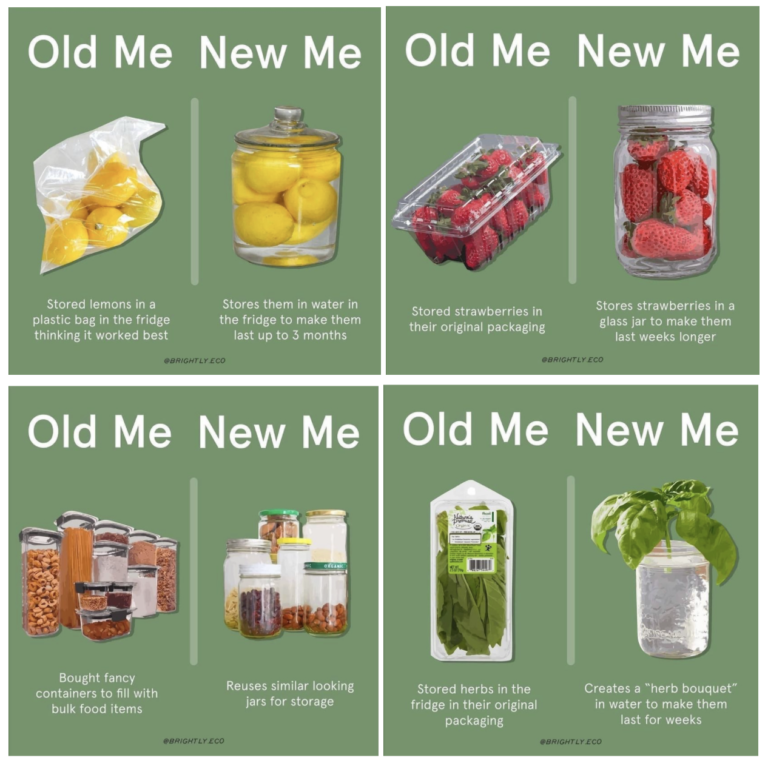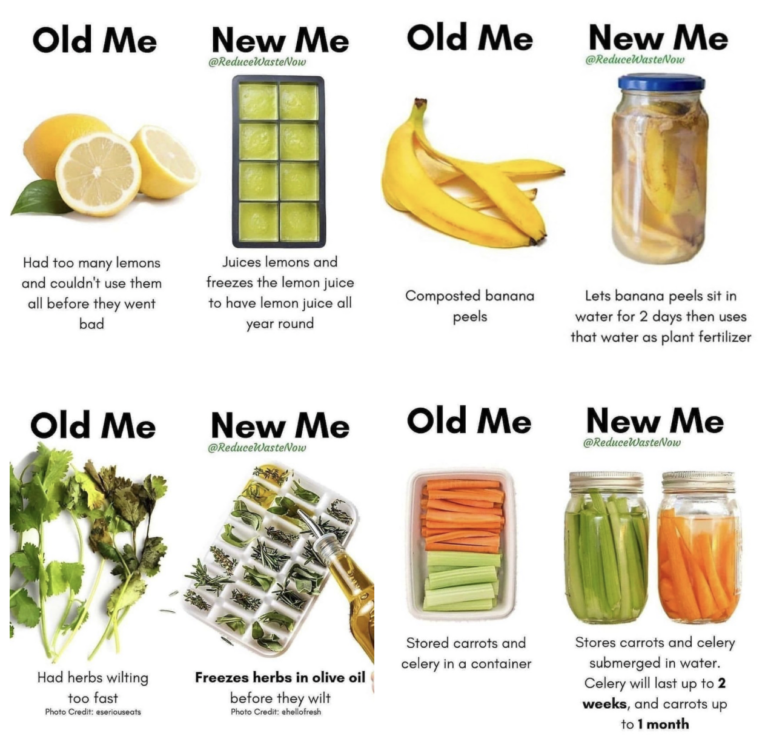Food Day 2021 Mindful Eating
Challenge Takeaways: be mindful of food as a precious resource, become more immersed in the growing process, gain deeper awareness of our body’s response to food
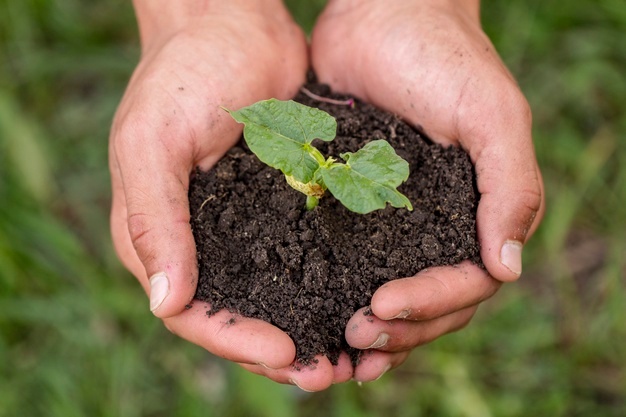
“Gardening is what happens when two creative energies meet- human creativity and nature’s creativity. It is a place of overlap between what is ‘me ‘ and ‘not-me,’ between what we can conceive of and what the environment gives us to work with… It transforms external reality and gives rise to the beauty around us, but also works within us, through its symbolic meaning”
– The Well-Gardened Mind
Mindfulness is a state of being that can be applied to anything, whether you are eating, walking, or enjoying your favorite pastime. It is simply the idea of being present and aware in that moment of everything that you are experiencing, so you are fully immersed in every sensation and your mind isn’t anywhere else.
Mindfulness is a helpful tool that we can utilize to be in control of our thoughts and remain an active participant in our lives, instead of running on autopilot and letting our thoughts control us. When going through our daily lives, it’s natural for our minds to wander into daydreams or anxieties. The idea here is to catch yourself drifting and use techniques such as breathing and awareness exercises and to bring yourself back to the present.
Connecting with nature through the practice of gardening is an excellent way to stay mindful of all the things that go into nourishing different forms of life, including yourself. Just like plants, we need water, sunlight, and to be supported by the environment and people around us. A garden is a manifestation of the creativity of human nature that reminds us of our own roots, and how we too are connected to the forces of nature. You can feel this with the changing of seasons, or how cloudy and rainy weather elicits a different feeling from a warm and sunny afternoon.
Did you know that not only do the foods we eat affect our physicality, but they can also affect our mental health? Serotonin is a naturally produced chemical in our body that helps regulate our sleep and appetite, and has a strong influence on stabilizing our mood.
About 95% of serotonin is produced in our gastrointestinal tract and is influenced by the good bacteria that make up our intestinal microbiome and play a role in keeping good health.
The microbiome influences how well the gut digests and absorbs nutrients from our food, and it also activates the neural pathways that send signals between the brain and gut. Therefore, limiting or cutting out processed foods and sugar can enhance the digestive system as well as influence our mood and energy levels.
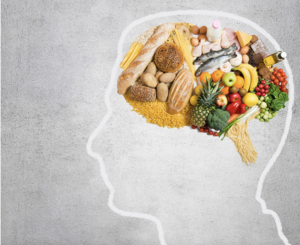
Bingo action items
1. save seeds from a fruit or veggie
Seed saving is a great way to stay mindful of the fact that just one fruit or vegetable can contain enough seeds to produce hundreds of offspring. It’s fun, rewarding, and you can save them to plant in the spring. The basic steps to seed saving are choosing suitable plants from which to save seeds, harvesting seeds, and storage.
A good choice for easy seed saving would be from either tomatoes, beans, peppers, or peas, as they require little or no special treatment before storage. Seeds should remain viable for at least one year.
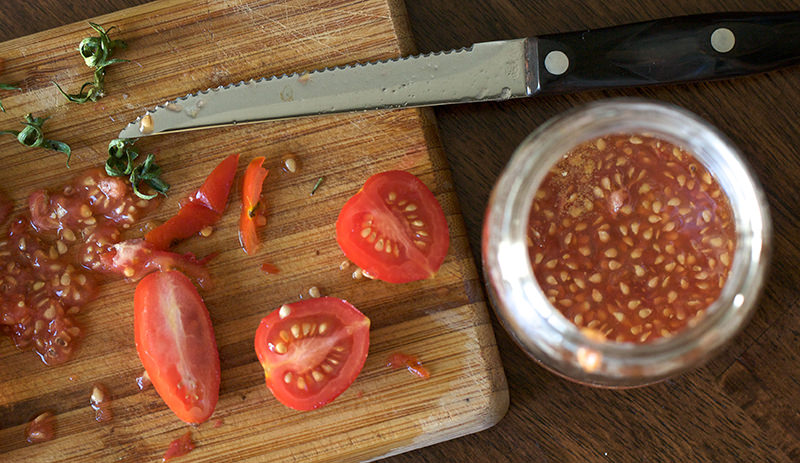
Steps for Tomato Harvest (link to video)
- Choose a fully ripe tomato, cut it in half, and scoop out the seeds along with some of the surrounding gel
- Put seeds and gel in a glass jar with some water. Cover the top with a paper towel to prevent smells from leaking or bugs getting in. Store in a room temperature location.
- Swirl the mixture twice a day- the mixture will ferment and seeds will sink to the bottom within 5 days.
- Pour out the liquid, rinse seeds, and spread them out to dry on paper towels
- Let seeds dry for a day or two. When completely dry, store in a paper packet or glass container. Keep seeds dry and cool.
Steps for Pepper Harvest (link to video)
- Pick a pepper that is fully ripe- even starting to wrinkle
- Remove seeds from inside and spread them on a paper towel to fully dry for a day or two
- Store in a paper packet or glass container. Keep seeds cool and dry.
Steps for Peas and Beans Harvest (link to video)
- Save peas and beans by letting them ripen until dry and brown on the plant- seeds should audibly rattle inside
- Remove pods from plant and spread them out indoors to dry for two weeks
2. Plant something edible
Watching something grow from seed to food can be a very rewarding process. It gives you control over what goes into your body by knowing the details of the growing process, is guaranteed to be fresh, and can help save money in the long run. Tending to plants or a garden can also have lasting positive effects on our mood, as this type of hands-on work frees up space in our minds for processing and provides an outlet for expression of the mind. It may also leave you with a sense of fulfillment and accomplishment to watch something grow under the care you’ve provided. Working with the Earth is a natural antidote to stress and anxiety.
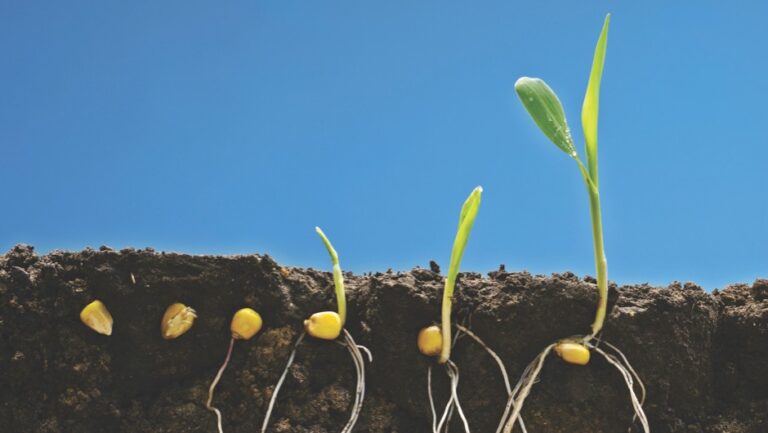
If you’ve never tried planting something edible before, it can be a bit daunting, but don’t put too much pressure on yourself! It’s all a process of learning and exploration, and there’s no risk in trying something new. If you’re looking to start a vegetable garden, reading from a few books or magazines can give you plenty of information and inspiration to get started. For starters, check these resources out.
- 6 Essential Steps for Starting Your First Vegetable Garden Off Right
- Vegetable Gardening for Beginners: The Basics of Planting and Growing a Vegetable Garden
- 10 Crops for Beginner Gardeners
- How to Grow Plants from Seed Step by Step
- How to Start Seeds Indoors
If you’re looking for something more small-scale that is feasible to do indoors without a space for garden beds, try starting a countertop herb garden. You can get a pack of seeds for as low as $1 at your local garden store and plant them indoors using just some soil and a pot. Here are some guiding instructions.
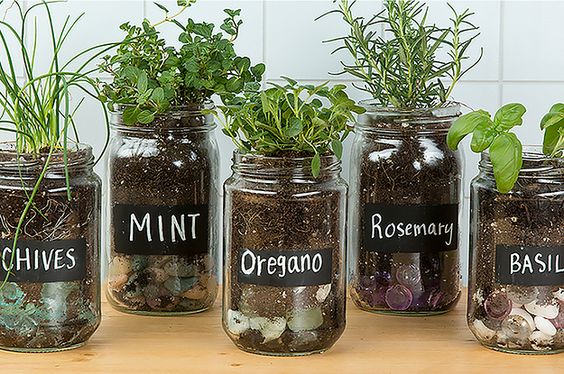
3. eat a mindful meal (outside- if possible)
When you recall the last time you ate a meal, can you remember exactly what you consumed? What about the sensations of how eating made you feel? According to one study from Harvard, over half of the time we spend eating is also spent doing other activities, such as watching TV, working, driving, reading, or scrolling through social media. While this is certainly the age of multitasking, eating in a mindless way where you are not aware of what you’re consuming may contribute to overeating and other health issues. Mindful eating can benefit us by promoting better digestion, feeling more full with less food, and having a better sense of the body’s hunger and fullness cues.
We can practice mindfulness when we eat by slowing down and taking time to fully experience the meal we are eating without other distractions.

Step 1, pick a food of your choice that will make you feel good and also nourish your body. Start with just a small portion- you can always go back for more, but when we serve ourselves, we’re more likely to eat everything on our plate.
Step 2, take a minute or two to pause and appreciate the food you are about to consume. Notice the aromas, the temperature, feel the textures, and be aware of any sensations that come up in your body in response to the food. Take time to think about where the food came from, how it was prepared, and how it will nourish your body. You might even silently choose to express gratitude for the opportunity to enjoy the meal.
Step 3, slowly, take small bites of the food, putting down your utensil between each bite. It is easier to be more aware of the sensations when your mouth isn’t completely full. As you chew, notice the flavors, textures, and seasonings. Try to identify all the ingredients and any distinguishing factors that make it unique. Chew each bite more than you think you need to in order to get the full experience. If you can, try to practice your mindful eating outside. Spending just two hours in nature a week is associated with higher levels of health and wellbeing and lower levels of stress.
If you are looking for more guidance on how to practice mindfulness with food, check out the Center for Mindful Eating. They have upcoming webinars and community practices as well as free resources for guided meditations for you to enjoy at your leisure.
4. preserve your own food
It is important to be mindful that there are ways in which we can be creative to extend the life and/or use of our food products to help reduce food waste. From canning food in mason jars to freezing or drying it, food preservation is one way to eat better for less while shrinking your foodprint. It’s also an excellent way to extend seasonal eating into winter months when the growing season slows down.
Explore these ideas for tips on how to make the most of your fresh produce. Additionally, check out this article on how to properly store fruits and vegetables in the fridge or pantry for the longest shelf life.
